Jacob Hay, Good Jobs LA
More than 40 high school and middle school students from South LA, Compton and Inglewood, gathered at Occupy LA on Saturday to learn about the growing movement. The outing was organized by Good Jobs LA’s youth outreach program.
“I learned that a lot of people are struggling and about the inequality in our economy,” said Melissa Estrada student at Jefferson High School. “Wall Street corporations have all the money and they need to help fix our economy.”
“99% of the people are left with a scarce amount of money – and the top 1% has everything,” said Curtis Ray, a student at Lloyd High School. “They need to share some of that money. I’m working to do well in school but will there be good jobs for me? It’s too easy to be left behind.”
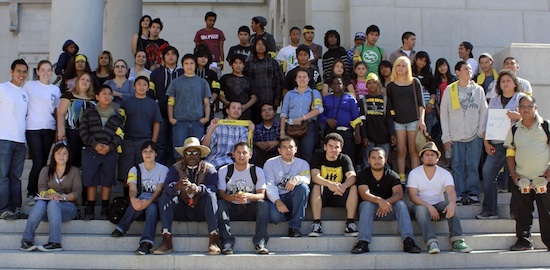
The students interviewed activists, participated in music and dance activities, stenciled arm bands and made their own protest signs. Students also shared their stories on the impact of the down economy, lack of jobs and budget cuts on their families and communities.
“Right now, it’s the 99% against the 1%,” said Shamvoy Smith, a student at Perry Middle School. People don’t have money for food, we’re losing teachers at school and we don’t have enough good jobs in our communities. We need to work together so that we make it 100%.”
Good Jobs LA has engaged more than 50,000 families in struggling LA communities on holding wealthy corporations accountable for fixing our economy and creating good jobs. In August, Good Jobs LA brought 230 high school students together for a two day youth leadership conference at UCLA. Saturday’s event was part of an ongoing effort to develop youth leaders in LA.









 Angel was one of 16 Right to Health Committee members who recently marched into the Los Angeles County Board of Supervisors Office to plead with them to vote for extending community clinic health benefit programs.
Angel was one of 16 Right to Health Committee members who recently marched into the Los Angeles County Board of Supervisors Office to plead with them to vote for extending community clinic health benefit programs. 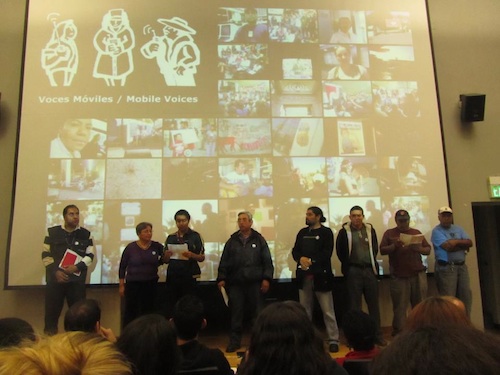
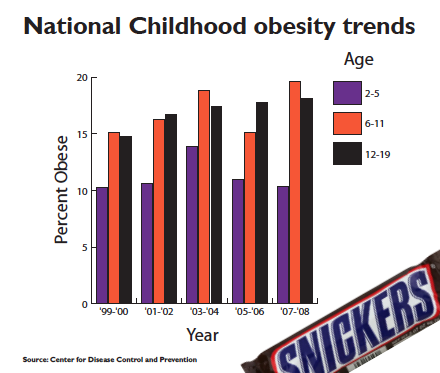 Childhood obesity has steadily risen over the last 50 years in the United States. Los Angeles area doctors said that almost 50 percent of their patients are either overweight or obese.
Childhood obesity has steadily risen over the last 50 years in the United States. Los Angeles area doctors said that almost 50 percent of their patients are either overweight or obese.

 Councilmember Bernard Parks poses with Miss Black California Constance Reese and a student
Councilmember Bernard Parks poses with Miss Black California Constance Reese and a student The Frazier family, from left to right Jeffrey Sr., Jeffrey Jr., and Beverly
The Frazier family, from left to right Jeffrey Sr., Jeffrey Jr., and Beverly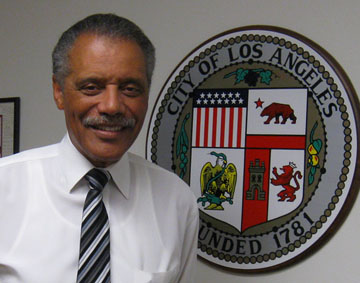 For years, Marlton Square has been an eye-sore for the Crenshaw community. That’s one of the issues City Councilman Bernard Parks will talk about tonight when he delivers the 9th Annual “State of the Eighth” address. Check out an interview with park with Annenberg Radio News to hear about what’s next for the square and Crenshaw.
For years, Marlton Square has been an eye-sore for the Crenshaw community. That’s one of the issues City Councilman Bernard Parks will talk about tonight when he delivers the 9th Annual “State of the Eighth” address. Check out an interview with park with Annenberg Radio News to hear about what’s next for the square and Crenshaw. Immigrant leaders from Honduras, Nicaragua and El Salvador gathered outside the federal building in downtown Los Angeles today to call for an extension of the Temporary Protected Status (TPS) agreement that guards undocumented nationals from those countries against deportation.
Immigrant leaders from Honduras, Nicaragua and El Salvador gathered outside the federal building in downtown Los Angeles today to call for an extension of the Temporary Protected Status (TPS) agreement that guards undocumented nationals from those countries against deportation.  The new plans call for a mixed-use development with retail space on the ground floor and student housing above. The housing is especially important, because USC students have moved into housing that would have been rented by local families. The proposed housing units in the new development should return 900 units to the community, according to the Master Plan for University Village. However, this may not bring the expected benefits to the neighborhood. Paulina Gonzalez, Executive Director of Strategic Actions for a Just Economy (SAJE), a South Los Angeles community housing and economic development group, said,
The new plans call for a mixed-use development with retail space on the ground floor and student housing above. The housing is especially important, because USC students have moved into housing that would have been rented by local families. The proposed housing units in the new development should return 900 units to the community, according to the Master Plan for University Village. However, this may not bring the expected benefits to the neighborhood. Paulina Gonzalez, Executive Director of Strategic Actions for a Just Economy (SAJE), a South Los Angeles community housing and economic development group, said, 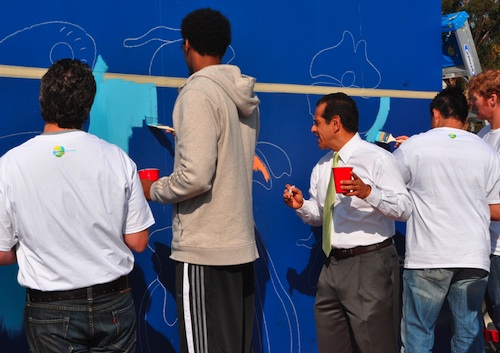 Wasserman Foundation CEO Casey Wasserman, Trey Thompkins, Mayor Villaraigosa, Cesar Ramos and Alexi Lalas paint mural on handball court. (Photo: Larry Kahm)
Wasserman Foundation CEO Casey Wasserman, Trey Thompkins, Mayor Villaraigosa, Cesar Ramos and Alexi Lalas paint mural on handball court. (Photo: Larry Kahm)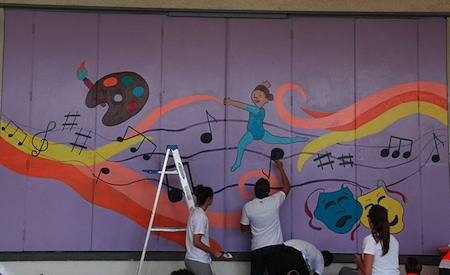 Volunteers paint mural by the school cafeteria. (Photo: Larry Kahm)
Volunteers paint mural by the school cafeteria. (Photo: Larry Kahm)
 Students celebrate the school improvements.(Photo: Cheryl Rodman)
Students celebrate the school improvements.(Photo: Cheryl Rodman)




